Health
How Do You Know If A Spider Bite Is Serious? Dangerous Spiders Listed!
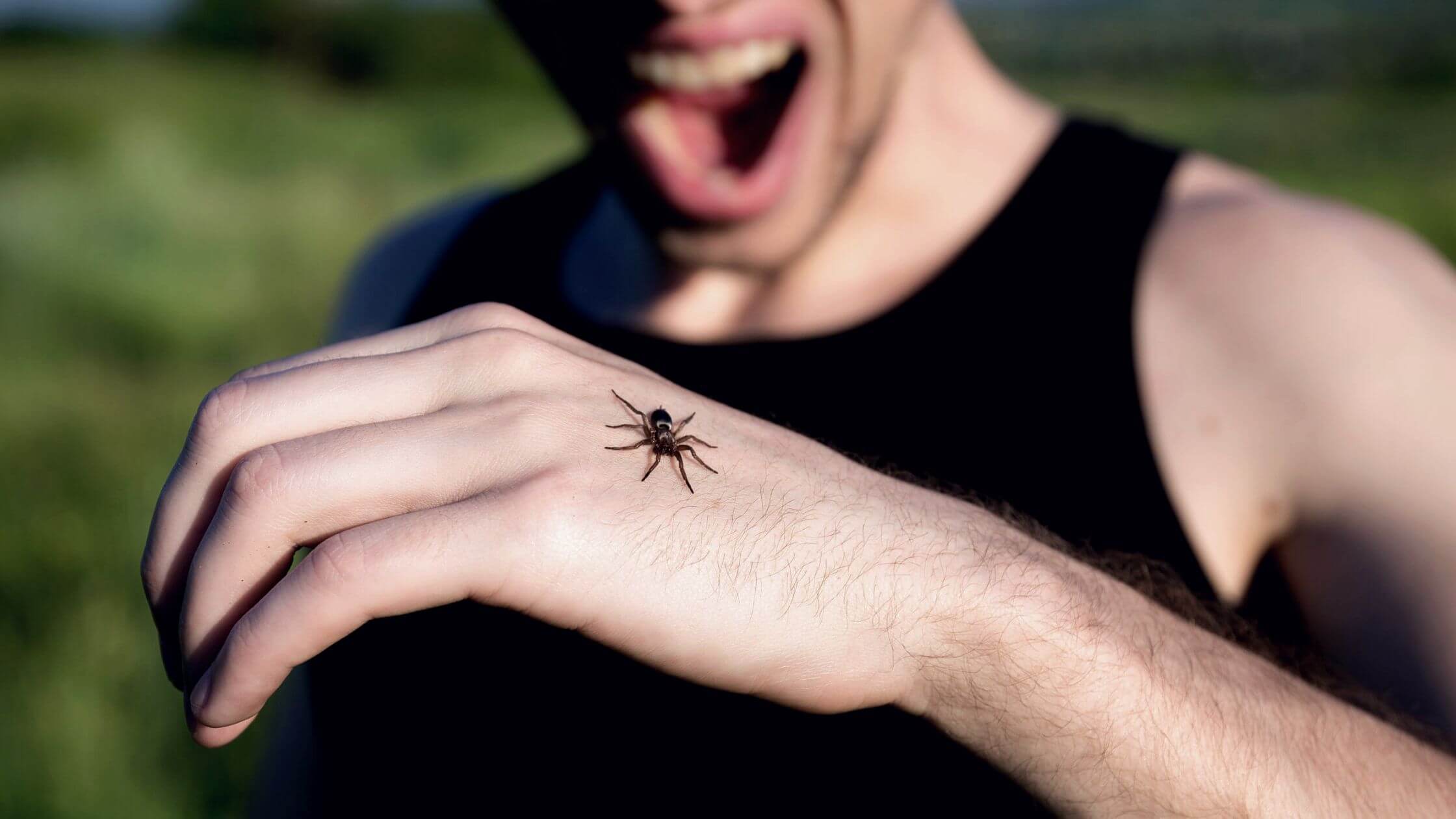
Spider Bites are often painless and harmless, and most spiders won’t even bite unless they feel threatened. You can experience redness, discomfort, and swelling after being bitten by a spider, or you may not notice the bites at all.
A wide variety of other kinds of bug bites & skin ulcers can also cause the symptoms of redness, pain, and swelling. It is, therefore, impossible to be confident that a spider was the source of your wound unless you actually witnessed a spider bite you. However, if you did see a spider bite you, it is possible that a spider was the source of your wound.
There are only a few species of spiders in the world that have fangs that are capable of penetrating human skin & venom that is potent enough to do harm to people. Among these are the widow spiders, of which there are approximately 30 species, and the recluse spiders, of which there are over 140 species found across the globe.
What is a spider bite?
An injury that occurs as a result of a bite by a spider is referred to as an arachnidism or simply a spider bite. The majority of bites do not result in significant symptoms. The majority of bites only cause slight discomfort in the location where they occurred. In extremely rare instances, they can cause necrotic skin wounds or significant discomfort.
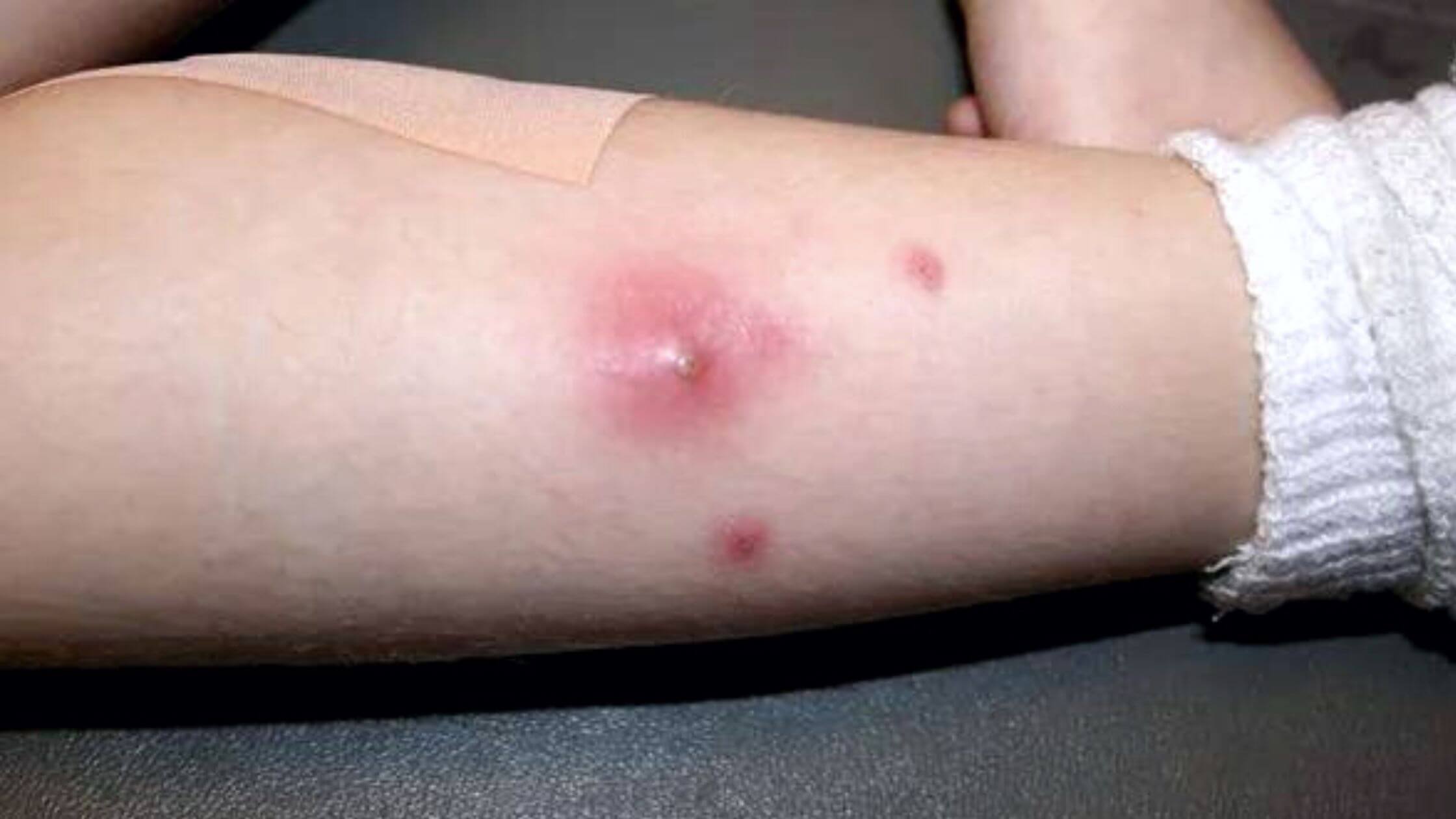
Common symptoms for a spider bite?
A spider bite will generally seem the same as any other bug bite, which is to say that it will appear as a red, swollen, and perhaps itchy or painful lump on your skin. It may even go overlooked. Bites from harmless spiders don’t typically cause any other symptoms in most people.
There are a number of other explanations for skin lesions that seem the same, like a bacterial infection. Bites from certain spiders, including widow spiders & recluse spiders, have the possibility of causing severe signs and symptoms.
How dangerous spider bite is?
The vast majority of spiders are not dangerous to humans and only sometimes bite. All spiders produce venom, which is a poison. However, the fangs of the vast majority of spider species are not large enough to cut human skin.
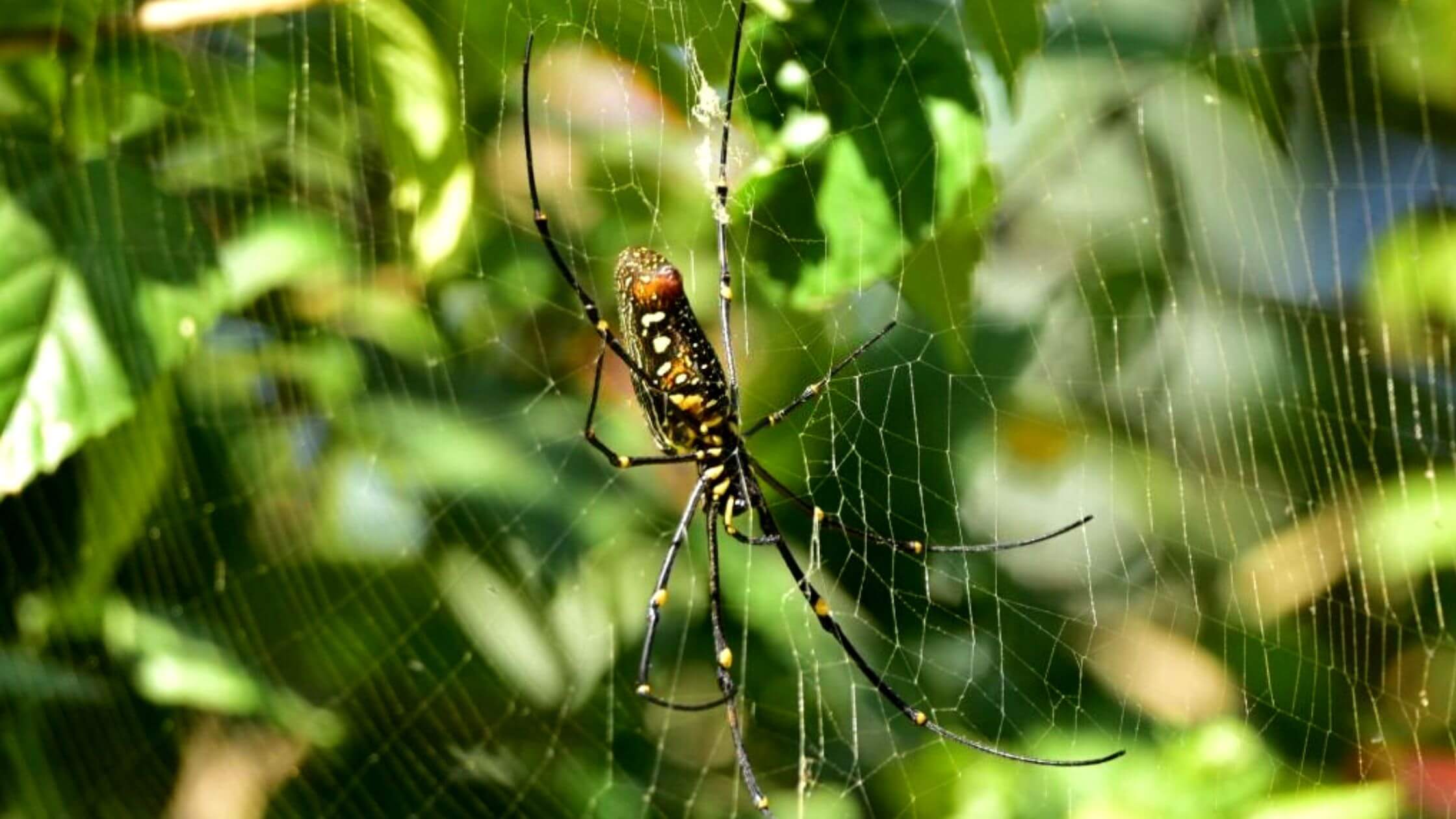
Spiders are not insects; they are arachnids. They are categorized alongside other arachnids, such as mites and ticks. All of these spider-like creatures have eight legs each. Spiders eat insects that can cause damage to crops; hence their presence is essential.
What should I do if spider bites?
Treating a spider bite is usually something that can be done at home. There is a possibility that you will experience moderate symptoms for one to two days. Bites that itch or are infectious may require additional treatment as well as a visit with a medical professional.
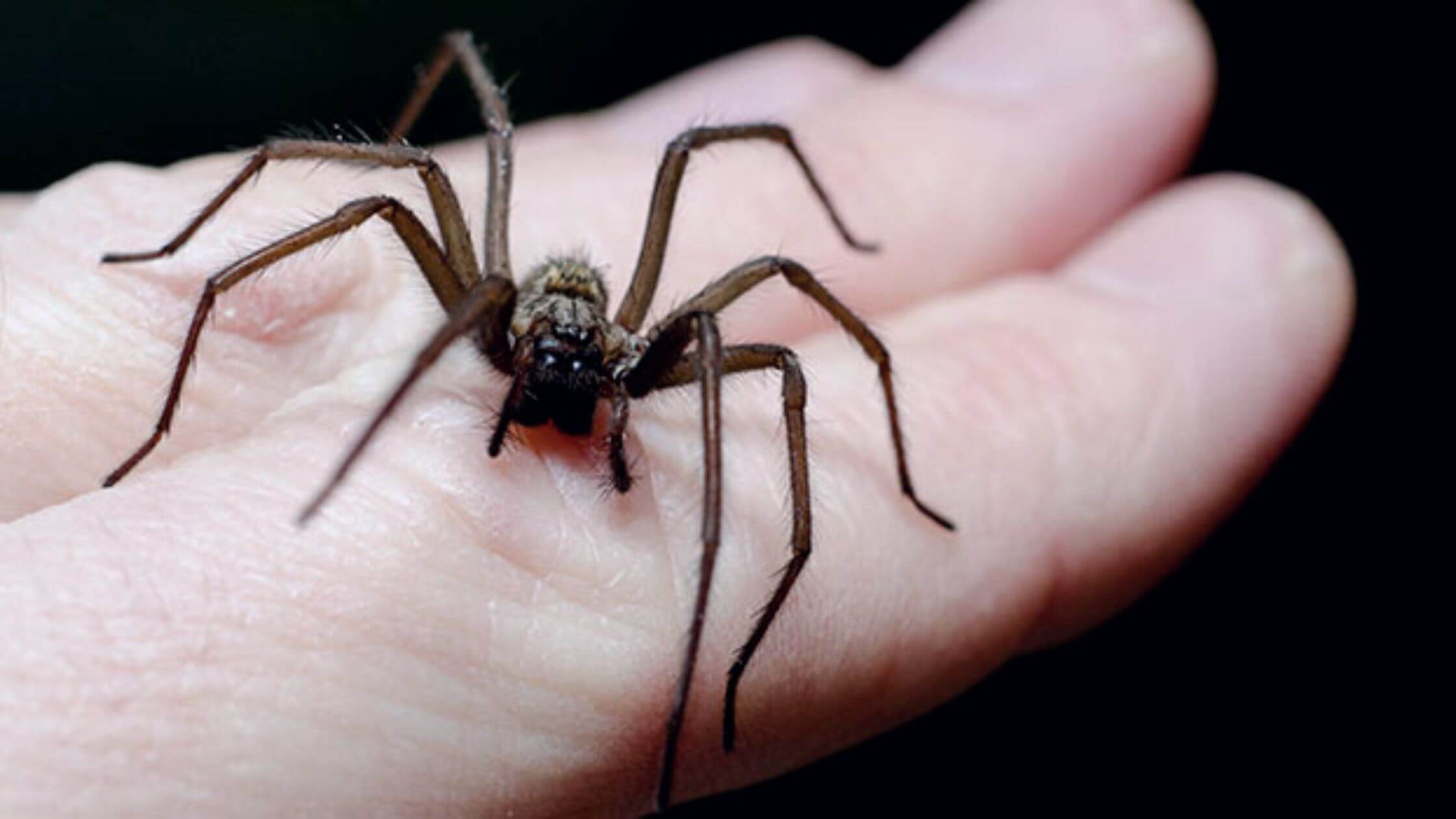
- Clean The Bite Area
Clean the area where you were bitten with water and soap. Maintain a clean environment around the injury while it is healing to lower the risk of infection.
- Apply Some Ice
The affected area should be iced for ten min at a time. Wrap the ice cube in a towel to protect it from the extreme cold for as long as possible. If the bite is on an arm or a leg, you should elevate the affected area while you apply ice to it.
Complications of spider bite?
The majority of spider bites do not cause serious symptoms. This is due to the fact that only a small percentage of spiders are capable of biting through human skin. And even when they do, they do not pose a major threat to human health even when consumed. In most cases, the symptoms they induce are not severe and disappear within one to two days.
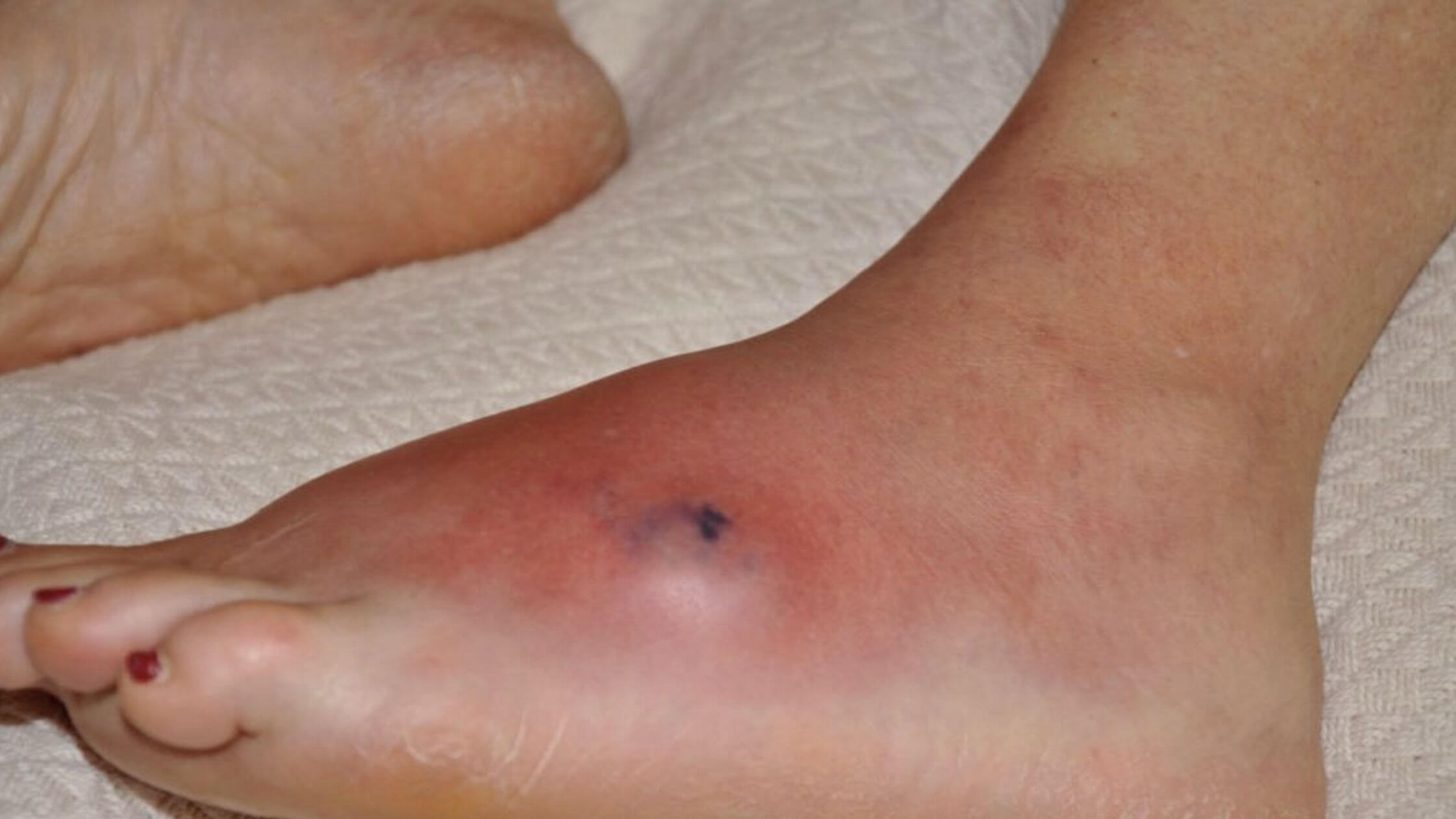
Bites from dangerous spiders can cause sores and ulcers, both of which are notoriously difficult to heal. Hospitalization might be necessary right away for young children and elderly people. Complications that can arise from a spider bite include the following:
- Pain
- Heart problems
- Difficulty in breathing
- Severe muscle cramping
- Nausea and vomiting
- Yellow discharge from the bite region
- Signs of infection.
When to worry about spider bite?
In the event that a local reaction keeps becoming worse after twenty-four hours have passed, it is probably necessary to seek medical assistance. Keep a watch out for symptoms such as redness that spreads further from the bite, discharge from the bite, an increase in pain, tingling or numbness, or a discoloration surrounding the bite that appears like a halo or a bull’s eye.
Be alert if you start experiencing signs of generalized spider bites. There have been extremely isolated reports of spider bites (from spiders that are generally thought to be harmless) producing allergic reactions, including anaphylactic shock, which is a condition that can be dangerous. And similar to what may result from the sting of a wasp or bee in a person who is highly allergic.
Further, even if it’s already dead, you should bring the spider along with you if it’s at all possible to do so securely.
Most dangerous spider bites?
There are over 140 different species of spiders, but only a select number of those represent a threat to human beings. The following are examples of more deadly types of spiders:
- Black Widows
The black spiders have a red shape that looks like an hourglass on their bellies. Black widow spiders frequently construct their webs in woodpiles, fences, building overhangs (also known as eaves), and outhouses. The majority of them call the American West and South home.
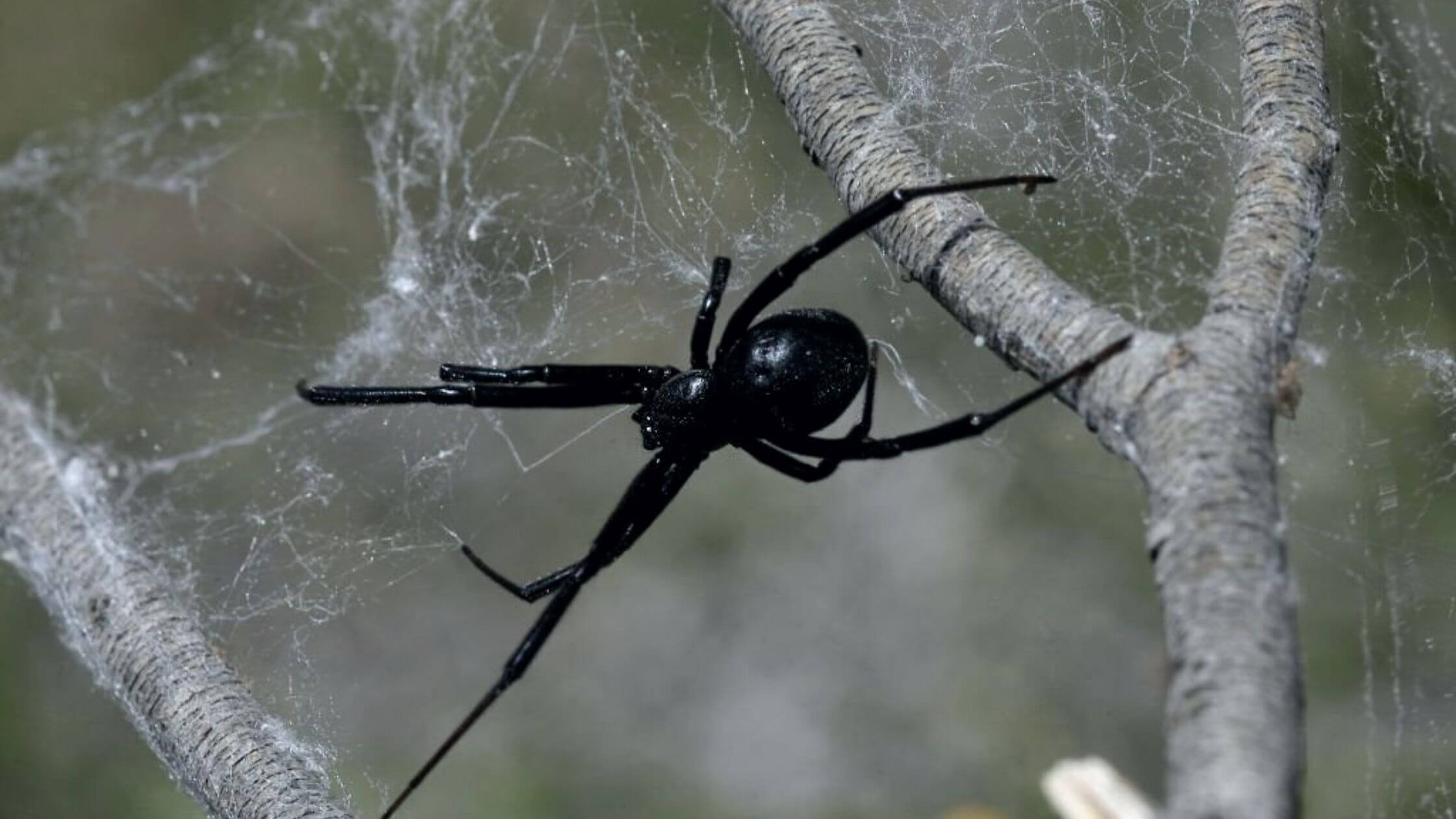
- Brown Recluse Spiders
Brown spiders with dark marks in the shape of a violin on their heads are sometimes referred to as fiddle back spiders or violin spiders. Brown recluses are found in the states of the Midwest and the South. They favor dry, secluded places, such as heaps of wood, pebbles, and leaves to call home. When they are inside, brown recluse spiders hide in dark places such as closets, attics, or shoes.
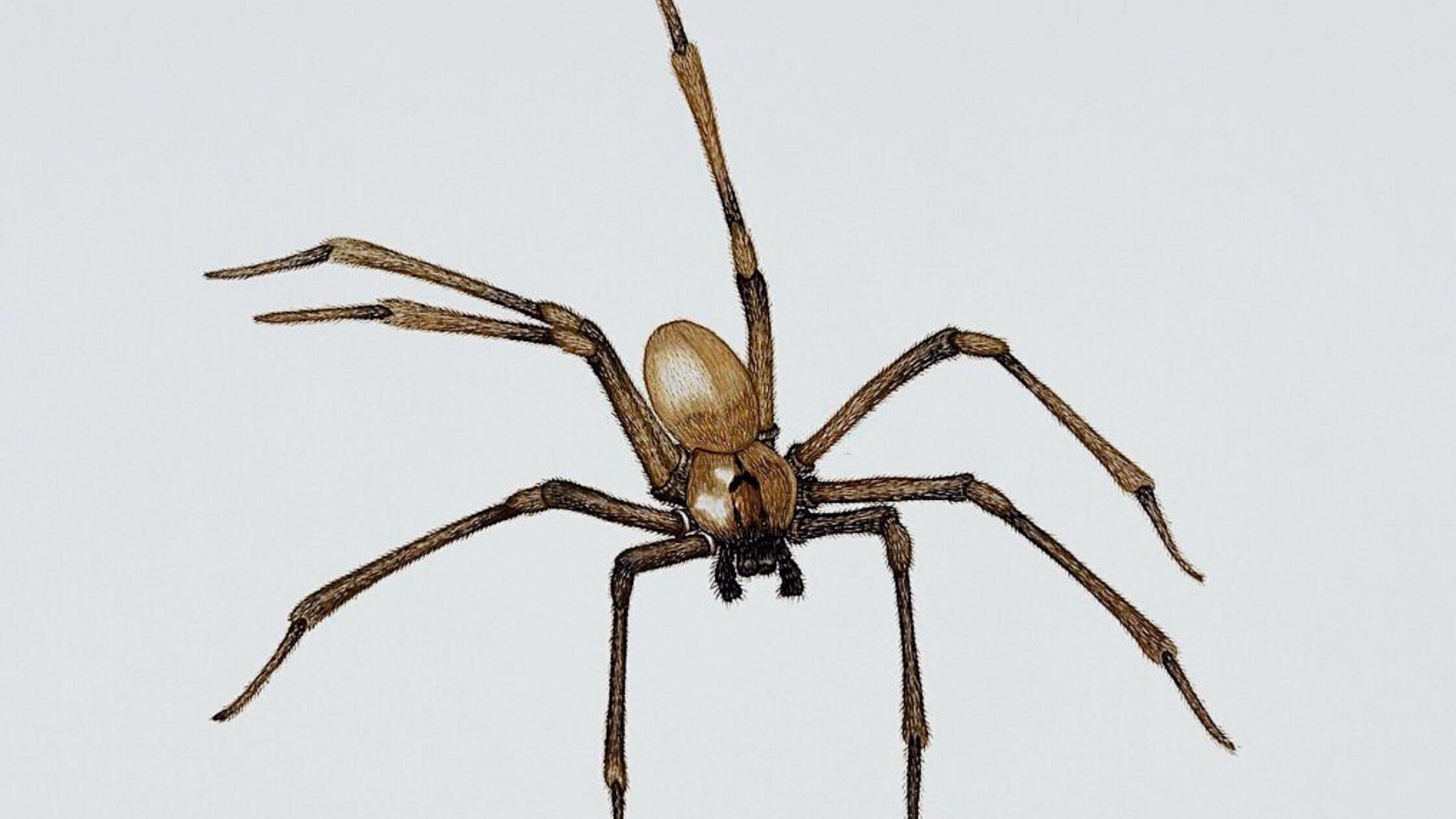
The following symptoms may be brought on by the toxin that is contained in their bites:
- At the bite site, redness and swelling might be seen
- Abdominal discomfort
- Sickness and throwing up
- Muscle spasms
- Numbness and tingling in the limbs, particularly the arms and legs
Even though these symptoms might be rather severe, they rarely pose a threat to the patient’s life. The majority of people recover from a bite from a black widow spider with the help of supportive therapy. Among these are the drugs that are used to relieve their pain as well as their nausea.
An antivenom is a treatment option for those experiencing serious symptoms. People may require antivenom if the signs are severe, if they affect the entire body, or if there are considerable symptoms at the site where they were bitten.
- Hobo Spiders
The brown spiders have a grey herringbone pattern, which looks like a V-shaped pattern, on their bellies. They spin webs in the shape of a funnel in damp and gloomy places like crawl spaces, basements, window wells, and woodpiles. The Pacific Northwest is where you will most often find hobo spiders.
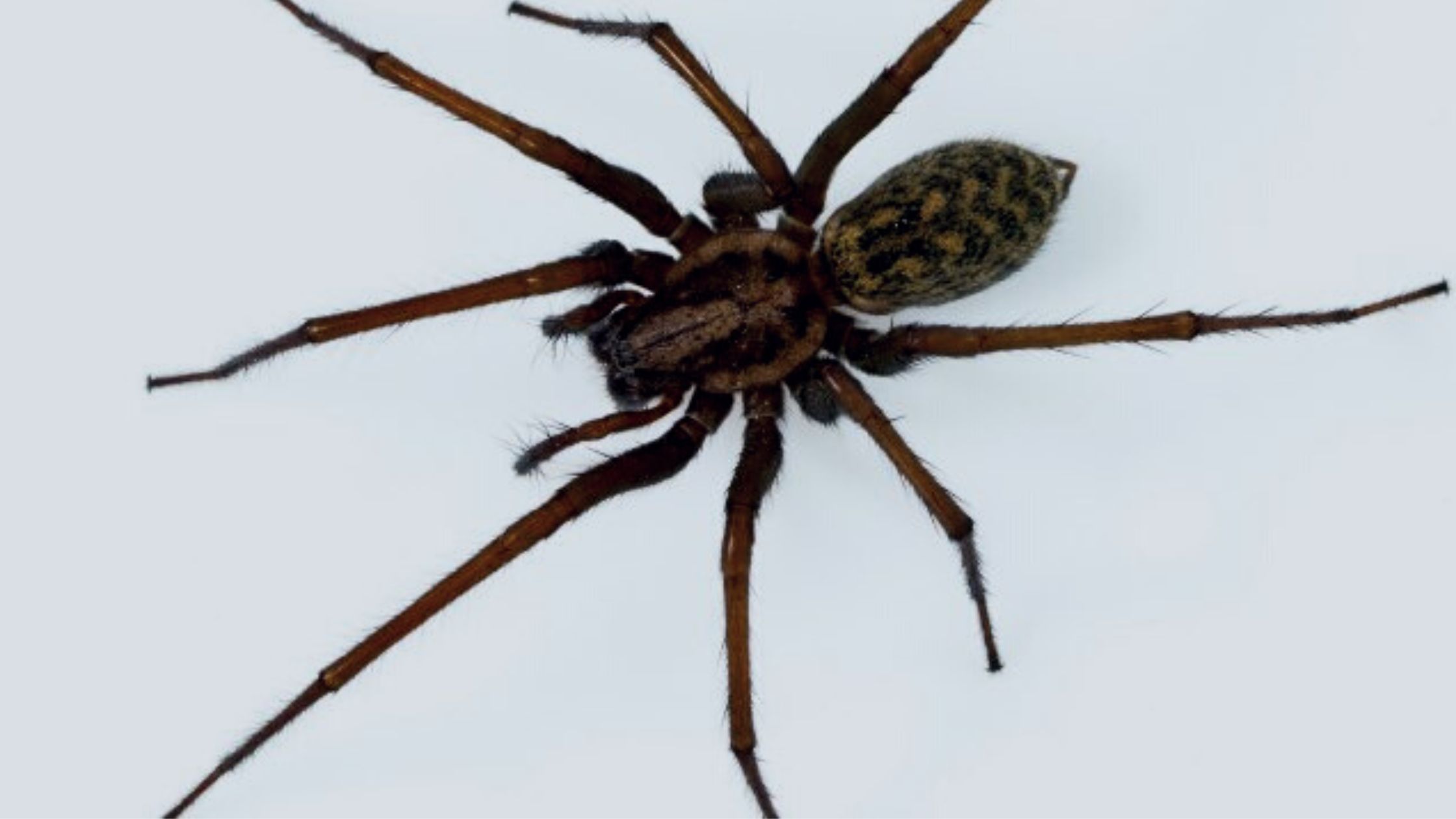
Expert Advice
The number of people bitten by spiders annually is unknown to experts. The majority of the time, a spider bite may go unnoticed. Or you may mistake a spider bite for an insect bite. According to experts, anyone concerned about skin changes due to a spider bite or an unidentified reason should consult a physician.
If a spider has bitten a person, they must take photos of it or place it in a sealed jar to show the physician. To enable correct identification, they should transport the spider while preserving its health.
Conclusion
Most spiders don’t bite humans. When they do bite, though, the wound is typically not too serious. However, some spider bites are more dangerous than others. Extreme pain, blisters, or a darkening of the skin at the place of the bite are some indications that the bite was significant.
Infection can also develop from spider bites. This typically manifests itself as an increasing redness of the skin, a warmth to the touch, or even a pocket of infection that is clearly visible. If you are unsure about whether or not you require therapy, it is best to seek medical attention.
FAQs
- Are insect bites dangerous?
Most spiders are not harmful. Some spiders can induce severe symptoms that may necessitate rapid medical assistance.
- Recently, a spider bit me. Am I susceptible to further complications?
If you experience serious & increasing symptoms beyond the site of the bite, you can be at increased risk of developing problems as a result of a spider bite. Some spiders, for example, the black widow and hobo, can inflict a deep cut or ulceration, as well as systemic symptoms.
- What symptoms indicate complications?
Identify spider bite problems by noticing symptoms such as fever, headache, nausea, chills, difficulty breathing, muscle cramps, and heart palpitations.
- When should I contact a physician?
You should contact your physician if you experience the following:
Breathing difficulties, cardiac palpitations, nausea and vomiting, muscle pain, cramping, or paralysis.
- Who may suffer from spider bites?
Anyone who comes into unintentional contact with a spider can be bitten. However, certain individuals may be in greater danger because their occupations or behaviors position them in closer proximity to spider habitats.
